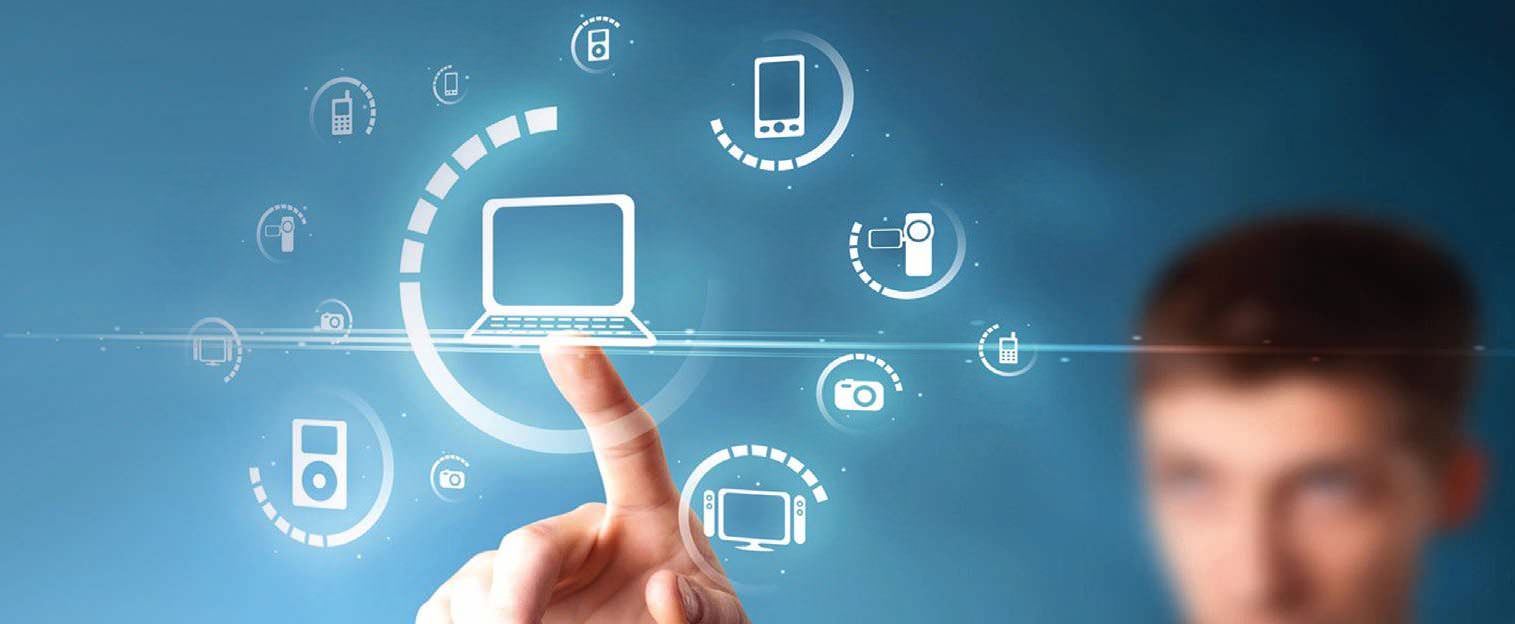The last few months have made maintaining and managing physical security IoT systems difficult – minimal onsite staff, limited tools to operate remotely, and increased threats due to empty facilities. If you’re not using automated service assurance capabilities and the digital connection it provides, you most likely don’t have what you need to operate today. This blog goes through the key metrics and capabilities needed right now to operate remotely, safely, and securely.
Primary security systems
Organizations normally have at least two primary security systems, and may have additional systems depending on their security risks, security plans, and available resources. Here are systems that are often found in these settings:
- Access control: used to restrict entry to authorized people
- Video surveillance: used to monitor entrances, parking lots, and all kinds of sensitive areas
- License Plate Recognition (or LPR): used to log the entrance and departure of vehicles
- Other Sensor Systems: vaping detectors, asset monitoring systems, and even nuclear and positive-pressure sensors, among others, may be deployed to address specific organizational risks
- Management Systems: the security systems mentioned above may be tied together by a supervisory management system such as a PSIM (Physical Security Information Management system) or response management system to help the organization get the most value from the monitoring systems, or respond to incidents
All of these systems are mission-critical to security and can’t afford to be down. Automated approaches to detecting and diagnosing issues is the best way to ensure they are working, and provide the metrics and data to manage and maintain such systems remotely.
Types of Automation
Of course, there is no single way to implement automation. Some types of automation are already quite familiar to us, such as the “autosave” function in text editing and similar software programs. Here are some additional types of automation that can be considered:
- In-system automation (autosave is an example of this) is usually the easiest method to implement because it is already built in to the software of the system, or can be added as an option. The ease of in-system automation is offset by the usual limits on its scope – the autosave function built into your text editor, for example, protects your work on the current document, but doesn’t also back up the images in your photo files. Parts of the security system (such as the VMS) may include “self test health checks” and these are often a good place to start, but they do not cover the overall system.
- External automation goes a step further by automating the management and triggering of in-system automated functions. At this level, the automation is more similar to a supervisory control system, and can be implemented within such systems. Such an automated system can watch for a set of possible event triggers, and then in turn trigger automation actions at the sub-system level. For example, an external automation system can be programmed to take action when a controlled entrance door fails to close and latch within a specified time. The system could trigger several related systems, including not only the access control system but also the video surveillance system, to create a separate set of records leading up to the trigger event as well as for a specified time after the event, so that set of records would be available for security management review and action.
- Service Assurance is an automation method that monitors the overall security systems to ensure that they are functioning as intended, and that the mission of the application (storing video evidence, or properly granting access) is successful. Service assurance also provides businesses subject to regulatory requirements the required audit and compliance data regarding security system operation. In the past, it was not uncommon for security departments to be surprised to find that systems were not operating as they should. This had negative consequences during regulatory reviews, as well as anytime a critical event happened and the expected video or access control records were nowhere to be found. It is nearly impossible for human managers to confirm continuous operation of security systems, but it is now possible for supervisory software to do this job cost effectively. Most importantly a service assurance solution will gather and process information that you otherwise might have to go onsite for and can often provide a path for resolving problems remotely as well.
- Cyber Hygiene is another area where new software automation approaches can have a big impact. It is not uncommon for a large business or educational campus to have, for example, thousands of video surveillance cameras, from multiple manufacturers, and installed over multiple projects spanning years. To prevent cybersecurity issues, it is important to ensure that all these cameras are using the most up-to-date firmware available. Tracking what cameras are in the system, what models they are, where they are, and installing new firmware as it becomes available, is an enormous manual task. Today, automated systems are available that can take care of this function and enable firmware updates to happen remotely.
Automation Delivers Key Data for Managing Remotely
Taking advantage of security system automation has several key benefits for managers at business and higher education campuses. The first and foremost benefit is increased uptime of these security systems – which translates into improved overall security. Security is also improved by ensuring that networked devices including cameras, network switches and routers, and other devices are using current firmware.
The second benefit is an improvement in data availability. Automation helps ensure that the security systems are functioning as expected, which reduces the chances that video data, for example, is missing when it is needed to solve or prosecute a crime, or to prove that an event did not happen as alleged, which can be important to fight liability lawsuits.
The third benefit is overall faster, more accurate reporting. For example, with suitable automation it would take only minutes to create a report showing the current firmware status of all the video surveillance cameras in the system – a task that if done manually, would take much more time and would be prone to errors.
And lastly, perhaps the most valuable benefit of all is enabling a digital connection between the end user and the integrator. Not only does this enable for both parties freeing up of security costs, time and attention so that they can be applied to higher priority tasks, but also makes possible finding and fixing security issues remotely.
Closing
Software solutions for security have progressed so that it is now highly effective and economical to automate some of the difficult and time consuming tasks that are needed to support security systems. And just when it is needed most, this same automation enables maintaining security systems remotely. By leveraging automated service assurance and cyber hygiene solutions, end users and integrators have a powerful digital connection that improves operational effectiveness while freeing budget and staff time to focus on high priority security challenges.







